
Focus on Germany
Driven by digitalisation, supported by networks
In Germany the ICT industry, and especially the software and software-intensive sector are key drivers of the economy. In 2022, the tech sector comprised over 119,000 companies, more than 1.5 million jobs and sales revenues of about 200 billion euros, equivalent to about 5% of German economic output (2021). Software and services have been the core drivers of growth in the tech sector.
Software integral to synergies
Professor Ina Schieferdecker, Director-General for Research for Technological Sovereignty and Innovation at the Federal Ministry of Education and Research (BMBF), describes how the digital transformation has affected all branches of industry. “Software-based systems form the foundation of Germany’s economic capacities. The ICT industry has caught up with traditional industries like automotive or manufacturing and, as a result, has become an integral part of many synergies. More than two thirds of the revenue share of software products can be traced to the B2B segment, which is a strong indicator for the integration of the tech sector with other sectors. Software, especially software-intensive systems, services and AI, has become commonplace in nearly every area of the German economy. It is key for innovation in important areas like mechanical engineering, robotics or Industry 4.0 where Germany assumes a leading role. However, software innovations are also an important driver and enabler for solving societal challenges such as sustainability, enabling higher resource and energy efficiency or, simply, completely new ways to solve issues.”
Flagship projects
Germany has generated some remarkable flagship projects in the ICT domain in recent years. For example, the industry-driven AUTOSAR initiative, resulting from the ITEA project EAST-EEA, as an international alliance of OEM manufacturers, automotive suppliers, semiconductor manufacturers, software suppliers, tool suppliers and others significantly changed software development methods in the automotive industry and set new standards. Schieferdecker: “An innovative methodological approach for structuring the development processes for cyber-physical systems was developed within the BMBF-funded Software Platform Embedded Systems (SPES), along with the foundation for a semantically precise description and analysis of systems.” Another important example is the BMBF-funded BaSys framework, in which a reference architecture for production systems was developed that enables an efficient transformation to Industry 4.0. The developed asset administration shell concept is used by the community as industrial standard for digital twins.
Unleashing potential
Schieferdecker considers these R&D activities as a basis for ground-breaking innovations in software development. “Mind you,” Schieferdecker says, “we also still see a lot of challenges ahead, and thus R&D on software development and operations need to continue. In general, we expect the ICT landscape to gain further momentum. The ongoing megatrends for new business models based on IoT, 5G/6G, AI, Anything-as-a-Service, etc. in interaction with cross-sector application areas such as Industry 4.0, autonomous mobility or intelligent robotics will continue unfolding huge innovative potential that might change the ICT landscape profoundly. New developments in neuromorphic computing or quantum computing might even change the way we use, develop and deploy software-intensive systems completely. In the near future, collaborative, connected, intelligent, autonomous systems will become more and more important. Some of the key challenges continue to be around the questions of how to design, compose, validate, control and/or operate such systems so we will have to continue focusing on the trustworthiness and resilience of software-intensive systems, including security, safety, performance, traceability, or accountability as well as their verification and validation also at runtime.”
In Germany the ICT industry, and especially the software and software intensive sector, are key drivers of the economy.
National strategies
Germany has two national strategies, the Digitalstrategie and the Zukunftsstrategie Forschung und Innovation, which were recently adopted by the Federal Cabinet – they define Germany’s goals regarding digitalisation as a cross-sectoral objective and express policy guidelines and goals, while the core motivation is to strengthen Germany's technological and digital sovereignty and to support the overarching goal of Europe’s strategic sovereignty. “We see digital as a very important area alongside technological sovereignty and as a priority in our industrial, digital and innovation policy,” Schieferdecker explains. “The development of a vibrant European open-source ecosystem will play a central role in this. We want to accelerate digitalisation, catch up and explore the possibilities of digitalisation for research and innovation as well as for individuals. Opportunities for social participation and good work will be exploited more systematically. These, in turn, are preconditions for competitiveness, innovation and societal resilience. In this respect, to achieve technological and digital sovereignty, we aim at funding targeted innovation and the expansion of competencies in key technologies.”
Advice and support
BMBF wants to strengthen Europe and Germany as a competitive location for industry by creating a reliable framework for research and innovation activities through targeted public funding of excellent R&D projects and transfer. “In ICT, we especially support innovations in leading-edge technologies, research activities for methodological and tool developments, and research on the foundations of software engineering and AI. In these activities, the involvement of industry partners is highly important with regard to applicability, usability, acceptance and standardisation.” On behalf of the BMBF, the DLR project management agency (DLR-PT) supports implementing government funding measures, monitors R&D projects and gives advice and support to funding recipients for the duration of R&D projects. Furthermore, BMBF promotes AI in Germany through service and competence centres as well as provides special funding initiatives to support young AI scientists.
SMEs are among the pioneers of technological progress
More than 99 percent of all enterprises in Germany are small and medium sized enterprises (SMEs) with sales volumes ranging from € 2 to 50 million. SMEs are among the pioneers of technological progress in most sectors of German industry, so BMBF lays special focus on supporting SMEs with funding measures such as KMU-innovativ or KI4KMU to provide public funding for high-risk research and innovation projects in the ICT domain. SMEs are also specifically encouraged to participate in all the BMBF funded R&D projects. Dedicated support to assist SMEs in their applications for funding under these programmes has been established. “For example, we have set up various advisory centres to which companies can address their specific project ideas and get advice regarding suitable funding opportunities,” Schieferdecker says, “as well as advice on European initiatives. In the case of Eureka, for example, this is via the advisory service by the Eureka office at DLR-PT. We especially support collaborative projects between science and industry to exploit the full potential of innovation and to enable the development of new methods and pre-competitive products in line with the actual needs of society and industry. Politics can set the general conditions and provide funding. However, research, industry and other stakeholders need to provide support and commitment in defining and developing the next important steps to the innovations of the future.”
Think internationally
Schieferdecker underlines the need to think internationally and develop innovation and research networks due to globalisation and major societal challenges like the climate crisis and demographic change. “To be competitive, industry is looking for cross-border cooperation in Europe and beyond. The Eureka Clusters Programme (ECP) is essential to support this need. ITEA, as the Eureka software innovation Cluster, is a good match for achieving the goals of BMBF regarding software innovation. We strongly support the goals of ITEA to bring together industry and research institutions or universities on an international level in a network that has grown over the years to work on the challenges of the future. ITEA has many characteristics that make it extremely attractive for all parties – for the project partners as well as for public funding authorities. Its advantages include flexibility and openness to all kinds of partners, including SMEs, and the bottom-up creation of projects, which ensures that they are geared towards actual market demands and business needs. We can look back on a history of successful ITEA projects and are looking forward to ongoing joint international efforts in research and innovation.”
Schieferdecker adds, on a personal note, that she had the opportunity and pleasure to lead the DIAMONDS project in ITEA 2, and was the recipient of a Eureka Innovation Award in 2016. “We learned a lot not only from working within ITEA projects, but also by meeting partners from other projects at the ITEA networking events and conferences. From my current perspective in BMBF, ITEA and Eureka make important contributions to facilitating international scientific and economic collaboration and provide great opportunities to harness synergies.”
Crucial to meeting the challenges facing our society
In order to strengthen the position and competitiveness of Europe, and of Germany within Europe, it is indispensable to complement the value-adding production networks with European and international research and innovation networks. Eureka and Horizon Europe are essential to support these cross-border research and innovation networks. The German Federal Government sees the further development of the European Research Area as an important engine for strengthening Europe's overall scientific performance and expanding its innovative capacities in all areas. Summing up, Schieferdecker suggests that “transnational cooperation and the coordination of research efforts are crucial to meeting the challenges facing our society, and Eureka, and ITEA in particular, as well as the EU Framework Programme are key elements in making this cooperation possible.”
More information:
https://www.bmbf.de/bmbf/en/home/

Other chapters
Use the arrows to view more chapters

Editorial
By Jan Jonker
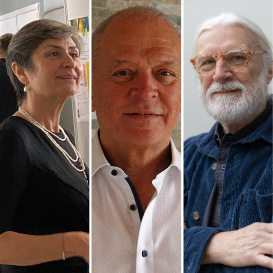
25 years of ITEA
Success built on the inheritance of a very strong base

Country Focus: Germany
Driven by digitalisation, supported by networks
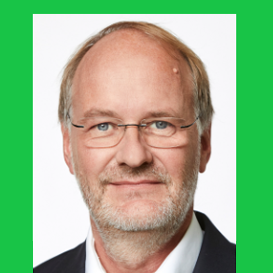
Software AG
A one-stop shop where innovation is crucial
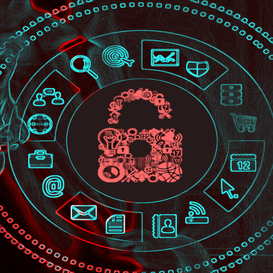
ITEA Success story: PARFAIT
Connecting IoT with greater security
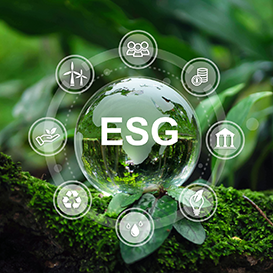
IVVES Project benefits story
Create higher value thanks to automated ESG score calculation
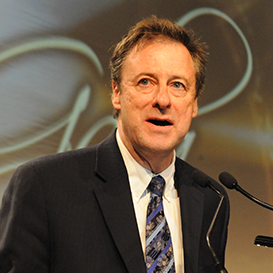
Community Talk with Alain Coulombe
Disruptive entrepreneur to the core
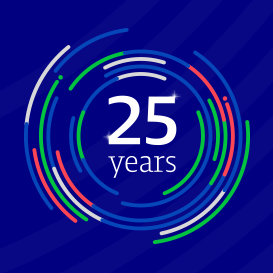
25 years of ITEA
Ground-breaking innovations we’re still grateful for today
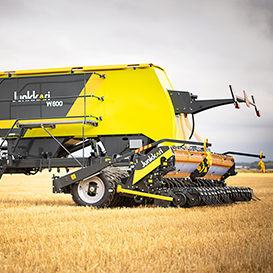
By and for end-users
Junkkari brings predictive maintenance to unchartered domains
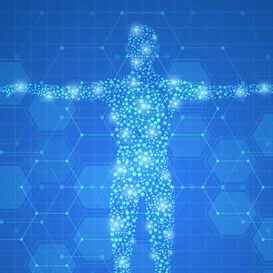
ITEA Success story: STARLIT
Aiming for ‘first-time-right’ treatment for cancer patients
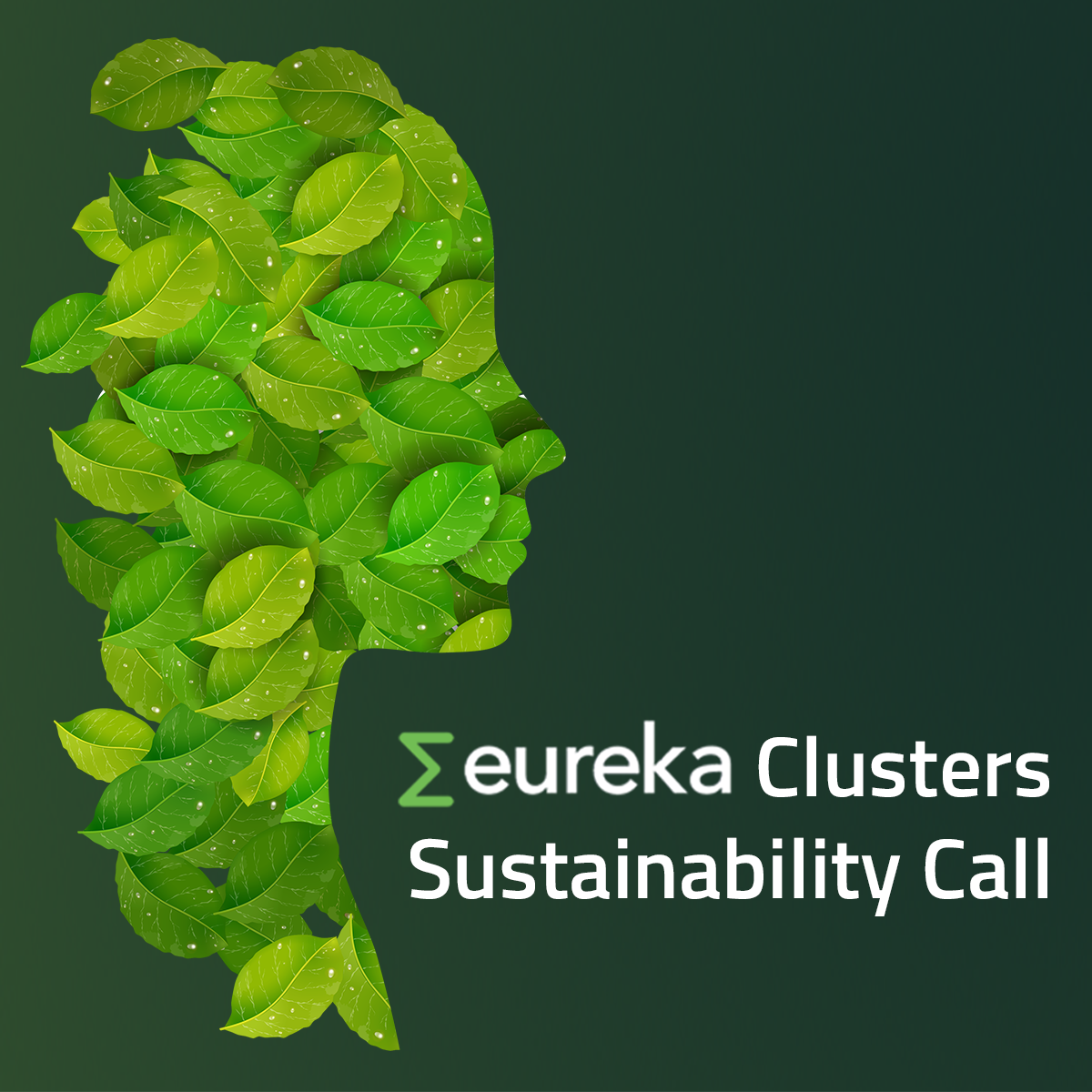
The Eureka Clusters Sustainability Call 2022 projects
Innovations making industry more sustainable and greener

SME in the Spotlight: The REUSE Company
Constant evolution in systems engineering

